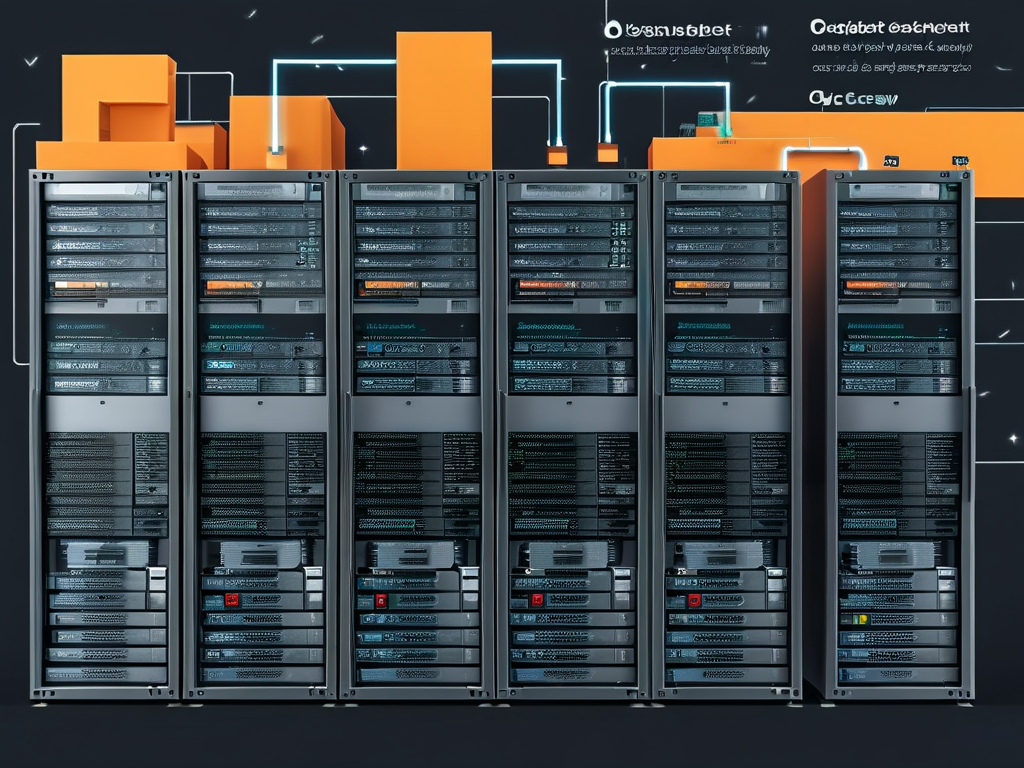In the rapidly evolving field of data analytics, algorithms serve as the backbone of decision-making processes. Data analysts rely on a diverse set of algorithmic approaches to extract insights, predict trends, and solve complex problems. This article explores the major categories of algorithms frequently employed by data analysts, their applications, and their significance in modern analytics workflows.

1. Statistical Analysis Algorithms
Statistical algorithms form the foundation of data interpretation. Techniques like hypothesis testing, regression analysis, and ANOVA (Analysis of Variance) help analysts identify patterns, correlations, and causal relationships. For example, linear regression is widely used to model relationships between variables, while logistic regression predicts binary outcomes. These methods are essential for validating assumptions and quantifying uncertainty in datasets.
2. Machine Learning Algorithms
Machine learning (ML) algorithms are categorized into supervised, unsupervised, and reinforcement learning:
- Supervised Learning: Algorithms like decision trees, random forests, and support vector machines (SVM) are used for classification and regression tasks. For instance, analysts predict customer churn using historical labeled data.
- Unsupervised Learning: Clustering algorithms such as K-means and hierarchical clustering group unlabeled data, enabling market segmentation or anomaly detection. Dimensionality reduction techniques like PCA (Principal Component Analysis) simplify high-dimensional data.
- Reinforcement Learning: Though less common in traditional analytics, it’s gaining traction in optimization scenarios like dynamic pricing.
3. Time Series Analysis Algorithms
Time-dependent data requires specialized approaches. Algorithms like ARIMA (AutoRegressive Integrated Moving Average) and Exponential Smoothing forecast trends, seasonality, and cyclical patterns. These are critical in domains like finance (stock predictions) and supply chain management (inventory optimization).
4. Natural Language Processing (NLP) Algorithms
With the rise of text data, NLP algorithms like TF-IDF (Term Frequency-Inverse Document Frequency), sentiment analysis models, and transformer-based architectures (e.g., BERT) help analysts extract meaning from unstructured text. Applications include social media monitoring and customer feedback analysis.
5. Optimization Algorithms
Analysts use optimization techniques such as linear programming and genetic algorithms to allocate resources efficiently or minimize costs. For example, logistics companies optimize delivery routes using these methods.
6. Association Rule Learning
Algorithms like Apriori and FP-Growth identify relationships between variables in transactional data. Retailers leverage these for market basket analysis to recommend products (e.g., "customers who bought X also bought Y").
7. Anomaly Detection Algorithms
Techniques like Isolation Forest and One-Class SVM detect outliers in datasets. These are vital for fraud detection in banking or identifying defective products in manufacturing.
8. Ensemble Methods
By combining multiple models, algorithms like bagging (Bootstrap Aggregating) and boosting (e.g., XGBoost, AdaBoost) improve prediction accuracy. Analysts use these in competitive scenarios like Kaggle competitions or credit scoring.
Choosing the Right Algorithm
Selecting an algorithm depends on factors such as data size, problem type (classification vs. regression), interpretability requirements, and computational resources. For instance, while deep learning models excel in image recognition, simpler logistic regression might suffice for interpretable risk assessment.
Challenges and Future Trends
Data analysts must stay updated with emerging algorithms like graph neural networks (GNNs) and federated learning. Ethical considerations, such as bias mitigation in algorithmic decisions, are also gaining prominence.
In , mastering these algorithmic categories empowers data analysts to tackle diverse challenges, from descriptive analytics to prescriptive insights. As tools and libraries (e.g., scikit-learn, TensorFlow) evolve, the ability to strategically apply these algorithms remains a cornerstone of effective data-driven decision-making.



